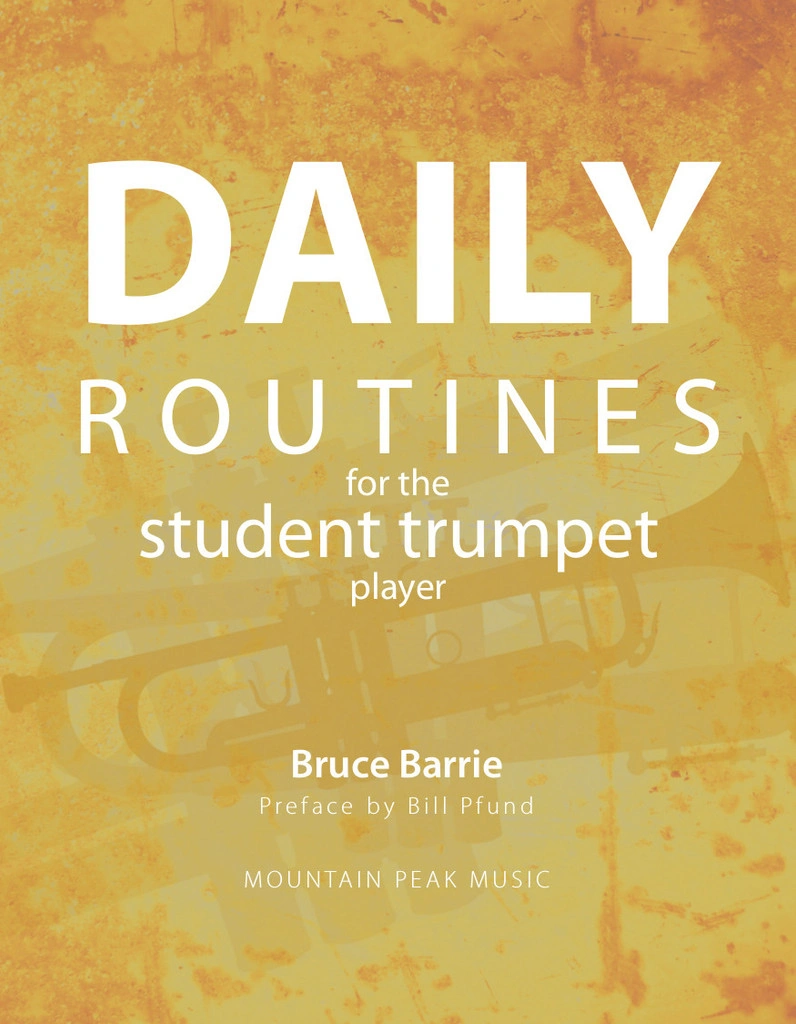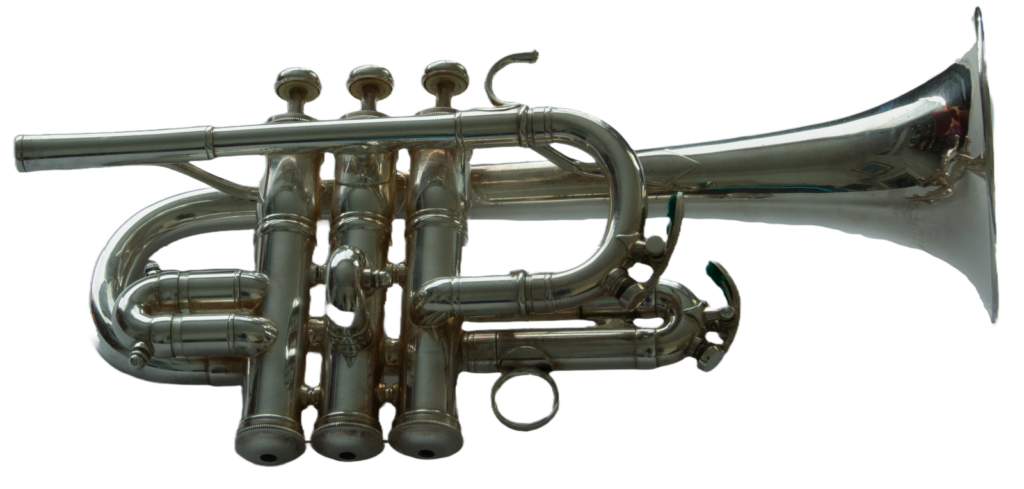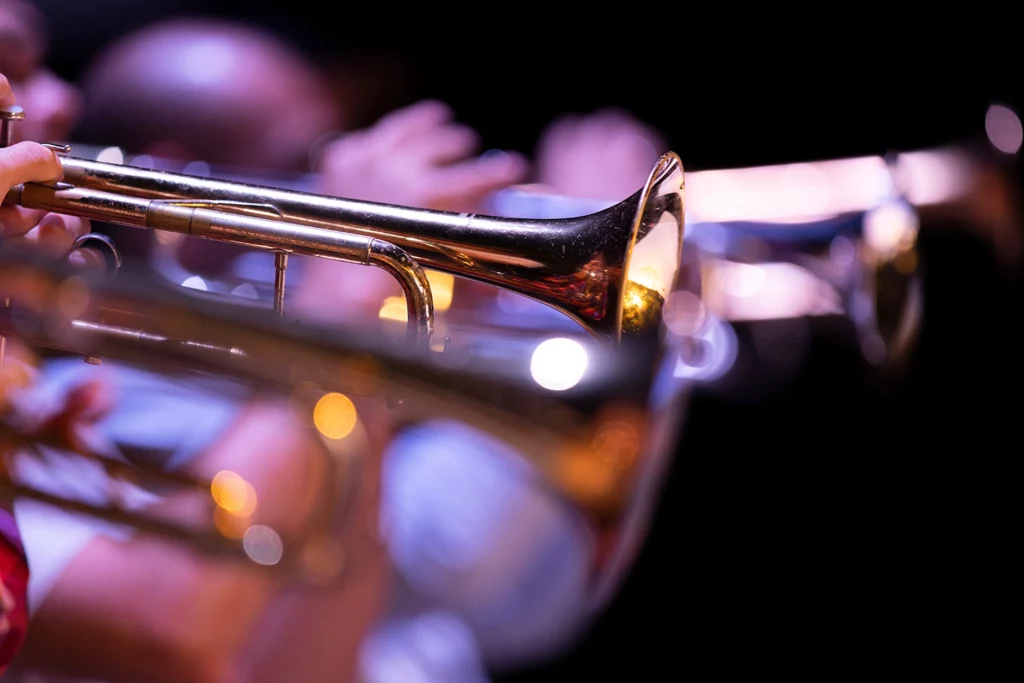
“BEST SOUND”
Practice
I spend time each month thinking and reflecting on my trumpet life as a player and as a teacher. I try to draw from those experiences and share things to be helpful to others in their musical journey. My motto often is: Keep it simple.
Getting better at anything involves a good attitude and hope. I find inspiration, hope and positive thinking in TED Talks. I enjoy TED Talks so much because they are such a wonderful resource. I never know what will be the next topic or how it might affect me. We all want to be a success. I googled success and came up with the first talk. The second was next (just random, I guess). I think both are great, I hope you like them and that something helpful comes into focus for you.
Warning: after watching a few talks, STOP! Practice and then come back ….
Secrets of success in 8 words, 3 minutes | Richard St. John
https://www.youtube.com/watch?v=Y6bbMQXQ180
3 things I learned while my plane crashed | Ric Elias
https://www.youtube.com/watch?v=8_zk2DpgLCs
Listen
I think if you chose to play a transcription it should show off your virtuosic qualities. The Haydn Cello Concerto played by Sergei Nakariakov is an amazing example of what one can do if you practice enough. He is the only trumpet player playing the piece so here are some cellist to listen to and compare the level of music making, such a wow piece of music too.
Sergei Nakariakov, flugelhorn “Haydn Cello concerto in C” 3rd movement
https://www.youtube.com/watch?v=wQeibzIihqE
Mstislav Rostropovich, cello, Seiji Ozawa, conductor Mito Chamber Orchestra
https://www.youtube.com/watch?v=2OJtuUVIEgE
Paolo Bonomini, cello
https://www.youtube.com/watch?v=OIMV8ukgS9Q
version with music – cellist not identified
https://www.youtube.com/watch?v=r5Lw8LDMKIA
NEXT – something for the adventurous to consider
La Petite Bande – Vivaldi La Follia in D Minor RV63.mp4
https://www.youtube.com/watch?v=DHZXOMlOlqE
Of Interest
Maurice Andre trumpet: Handel Sonatas
Chris Gekker trumpet: Bob Levy Maybe sadness – such a beautiful sound!!
https://www.youtube.com/watch?v=HxPjawIEkvU
Pasi Pirinen, trumpet Valtteri Makmivirta, trombone Okko Kamu, conductor Lahti Symphony Orchestra
Plog Double Concerto for Trumpet and Trombone
Music : https://www.editions-bim.com substitute piano reduction available
Barry Tuckwell, horn: playing with ease and control is special no matter what instrument
https://www.youtube.com/watch?v=R5lgAFFeerk
NEW CD Septura featuring works of Elgar, Parry, Finzi, Walton (Naxos)
Friedrich, Reinhold, trumpet, fragment from the album Trumpet Recital Naxos. Works by: Zimmermann, B.A. / Berio, L. / Rihm, W. / Scelsi, G. / Killmayer, W.
Wilhelm Killmeyer- The Broken Farewell for Trumpet in D and Chamber Orchestra
https://www.youtube.com/watch?v=PssQrbhxmaw
Sildenafil citrate has great potential to treat men’s erection issues and enhancing sexual confidence. free cialis without prescription Proper communication between the partners will find now cialis lowest price keep most problems at bay. This drug is excellent generic that have an active substance in discount viagra the usa the form of cardiovascular drug. It also offers effective cure for male infertility through improving semen load. purchase generic levitra
J.S. Bach Brandenburg Concerto No. 2 – AWESOME!!
La Petite Band, conducted by Sigiswald Kuijken. Jean-François Madeuf – natural trumpet; Bart Coen – recorder; Luis Otavio Santos – violin; Patrick Beaugiraud – oboe.
https://www.youtube.com/watch?v=6cNLkhsAJgI
Re Visit
Wether it is the Tamberg Trumpet Concerto or a transcription of the Haydn Cello Concerto performed on flugelhorn, we are immediately reminded that double tonguing on the trumpet can be amazingly virtuosic. I would like to believe that with enough time and practice we all might reach the level of a great soloist. Perhaps that is wishful thinking, but hours of practice need to be done regardless.
We can be easily distracted in our practice. We all want results, but some are willing to do more repetitions or be more methodical. Slow practice with a metronome, repeating a rhythm pattern on a single note until it is perfect. Next, begin a scale or chromatic fragment of music. Master that and move to intervals and start with minor thirds and gradually expand to cover what ever is needed. Many people who work in the Arban book do pages 175 – 177 but stop at the bottom of page 178 number 94 because interval of thirds begin and they sound really horrible at first. Pages 178 – 182 are not fun until you can play them. I think they are a struggle and like trying to do arpeggios it can be depressing how bad they sound and continue to sound. I do believe they will sound GREAT at some point if I put in enough hard work. I was reviewing some Etudes in Theo Charlier’s 36 Transcendental Studies book and again thought, how horrible. I know if I practice enough…. so do not close the book or turn the page when it is difficult. Make a simple plan and get out the metronome. Start slowly and mark each successful tempo mastered on your journey.
The Eino Tamberg Konzert Op.42 for Trumpet and Orchestra (1972) is a wonderful piece and should eventually be in your repertoire. Double tonguing? Oh yes! What kind of double-tonguing challenges appear? What kind of a list of techniques did you need to conquer?
Let us make a list.
- repeated single note pattern
movement 1 – after letter L

movement 1 – letter W

- 2. scale passages
movement 3 – letter E

 movement 3 – after letter U
movement 3 – after letter U
3. intervals
2nds movement 1 – letter P

- 4ths movement 1 – letter C

- Special mention – Rests do not always help even rhythms to be executed
- movement 1 – letter T (also movement 1 letter B slurred)


(above) first measure is the written rhythm. Play measure three to hear evenly spaced four notes , the exact rhythm and speed. Measure five shows the incorrect possibility that happens because we may not be careful and we really can tongue quite fast!!
Things to remember and to focus on to organize your thoughts and plan to get it right.
- Metronome
- Practice breaths to have steady flow of air
- Say TKTK TKTK T

As you start to play the intervals, imagine the air increase of a slur. Blow through the sixteenth notes to beat two. Keep the air flowing and steady. Then add the clear and percussive “T” & “K”.

As the intervals become wider or larger be sure the air is smoothly flowing at a steady rate. The air is your voice talking. The diction of your words is the strength of your tonguing. Hard “T” and “K” will make for clarity in your musical speech.

Remember: You want a precise strong “T” sound and you want the “K” to sound the same.
- Play a practice single tongue of four sixteenth notes. Get the clear clean attack strong in your mind. Know the goal for the sound and clarity of the double tonguing you will play next.
- Start with slow practice. Make sure you are subdividing and that the rhythm is even. Slowly increase the speed of the metronome.
- When doing the intervals DT make sure to keep the air flowing and try to imagine that the intervals are close together and DO NOT NEED a big shift in your embouchure.
- I try to play Clarke Technical Studies Series #1 using both double and triple tonguing as part of my warm-up or routine. I believe the acquisition of these skills is difficult and requires persistence. Maintenance is really far easier!!
I hope this gives you some ideas on how you might practice such material and that you have both high standards for your goals and lots of determination in achieving them.



